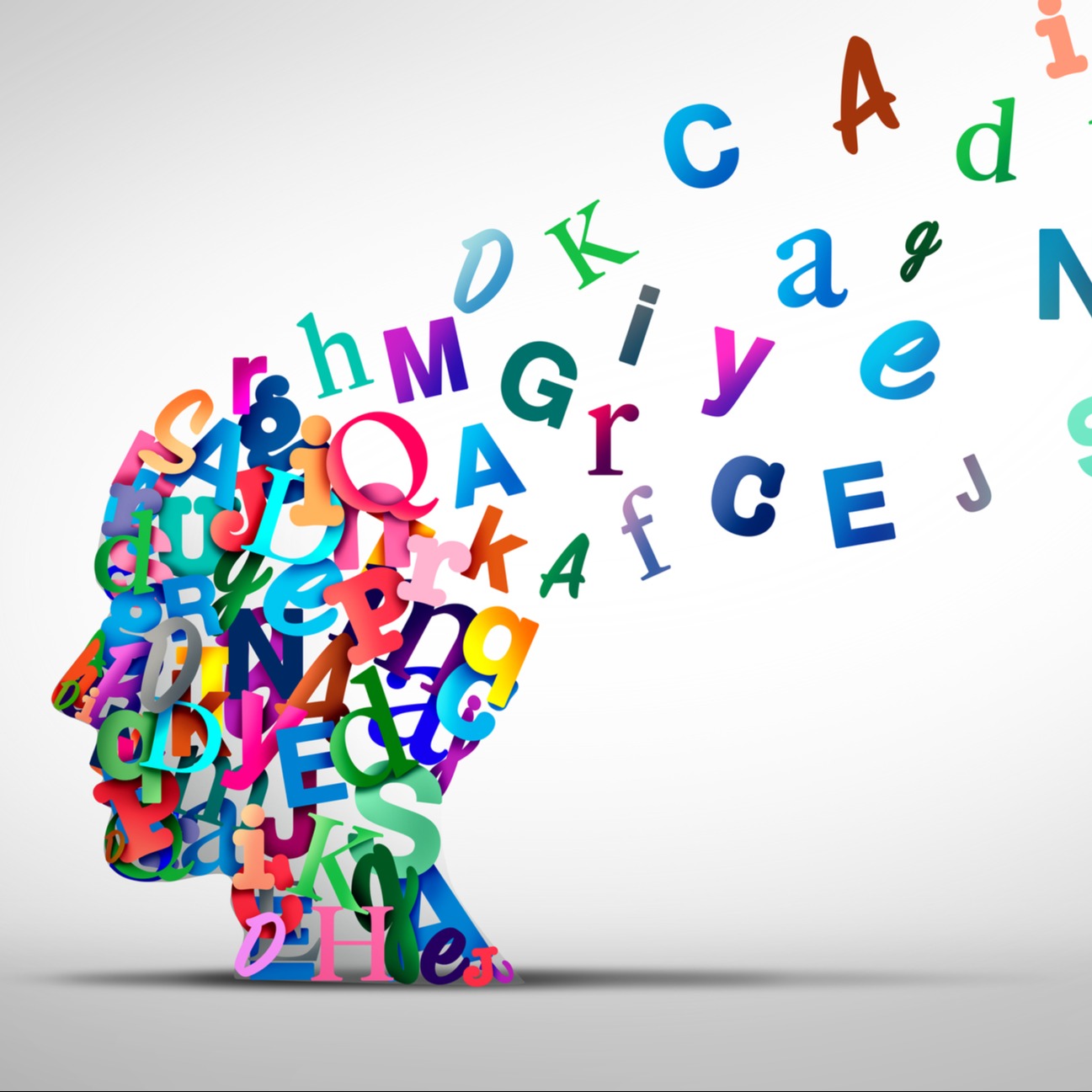Apraxia: What Is It and What Are the Symptoms?
Posted on Categories Discover Magazine

After a retired speech-language pathologist had a stroke, he struggled to articulate his thoughts, even though he knew what he wanted to say. His wife didn’t understand the source of his difficulties until a clinician showed her a video that explained what her husband wished he could tell her: His stroke caused apraxia.
Apraxia is a term used to describe a list of neurological disorders that impact speech, movement or gestures. Clinicians have observed apraxia for centuries, but they still don’t agree on which symptoms belong to which disorder type, and controversy persists.
What Is Apraxia?
Apraxia is a term used to describe a series of conditions that make it difficult or impossible for a person to perform a desired movement or gesture.
Depending on the person, apraxia can mean they struggle to make facial expressions in response to vocal commands. For other people, apraxia can mean they know what they want to say, but they are unable to form the words in an intelligible manner. Some people with apraxia can’t replicate gestures, others have difficulty with sequencing events.
Apraxia stems from a dysfunction in the cerebral hemispheres, typically in the parietal lobe. A stroke, traumatic brain injury, tumor, lesion or other abscess can cause it.
Read More: Could You Spot the Signs of a Stroke?
What Are the Different Types of Apraxia??
Scientists began describing apraxia in the 1860s, and started publishing on the disorder in the early 20th century. Researchers initially identified three main types of apraxia, later adding several more.
-
Limb-kinetic apraxia
Also known as melokinetic, limb-kinetic apraxia affects the person’s ability to make precise movements with a finger, arm or leg and can be seen in those with advanced Parkinson’s disease.
For example, a person with this type of apraxia knows how a screwdriver is held and twisted. But if they were given a screwdriver and told to tighten a screw, they would be unable to replicate the motion.
-
Ideomotor apraxia
This motor-coordination condition makes it difficult for a person to replicate movements or use tools. It is the most common type of apraxia diagnosed during neurological assessments. For example, a person with ideomotor apraxia might see a neighbor wave at them. But their attempt to return the gesture might fail, be extremely slow or not resemble a wave.
-
Ideational apraxia
This type of apraxia makes it difficult for a person to perform a sequence of events. For example, they might seal an envelope without placing the letter inside when preparing a piece of mail.
-
Buccofacial apraxia
With Buccofacial apraxia (also called facial-oral apraxia), a person cannot coordinate their facial and lip movements. This could mean they can’t blow out their birthday cake candles, wink at someone or cough on command.
Other types of apraxia address control of eye movements, and the abilities to assemble objects or to understand which tool to use in a specific context.
Read More: 5 Neurological Diseases and the People Who Discovered Them
How Is Apraxia Different From Aphasia?
Starting in the 1950s, researchers sought to understand more about apraxia, and they were able to distinguish it from aphasia. With apraxia, a person understands the motion, gesture or words they wish to form but are unable to do so. With aphasia, a person cannot speak or understand spoken words.
In the late 1990s, scientists began using imaging to study neurological similarities among people with apraxia. Defining apraxia, however, remains controversial and researchers disagree on symptoms among the varying types. Some scientists have even question whether apraxia qualifies as a distinct disorder.
Read More: What Is Primary Progressive Aphasia?
What Is Apraxia of Speech?
When it comes to apraxia of speech, damage to the Broca’s area or posterior inferior left frontal lobe of the brain is the main cause. Depending on the location of the injury, the person might have a speech pattern that seems unnatural, or they might not have control over which part of the word they emphasize. In some cases, their speech is difficult to understand or unintelligible.
In adults, a variety of injuries to the brain, including stroke or brain tumors, can cause apraxia. Adults can work with a therapist to identify and work around their weaknesses. If need be, they can also receive emotional support as they adjust to a permanent loss of their abilities and a new way of communication.
Childhood apraxia of speech is rare and occurs in an estimated 0.1 percent of the population. The child typically has other impairments related to motor coordination and early interventions are recommended so the child can work within their abilities.
Read More: What A Concussion Does To Your Brain
Can Apraxia Be Cured?
Children with apraxia of speech can work with a therapist to improve their articulation to be better understood, but the condition is considered lifelong. No matter the type, people with apraxia typically maintain some level of impairment for the remainder of their lives.
For example, the retired speech-language pathologist mentioned above did not improve his ability to speak and be understood. However, his clinician connected him with a support group with other people who had also had strokes. The pathologist made friends in the group, and although his speech did not improve over time, their shared experiences helped him feel understood.